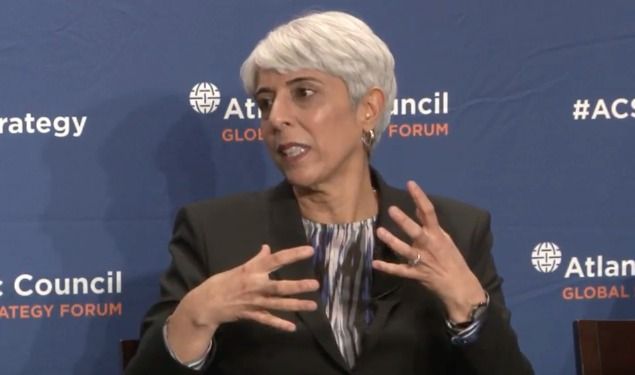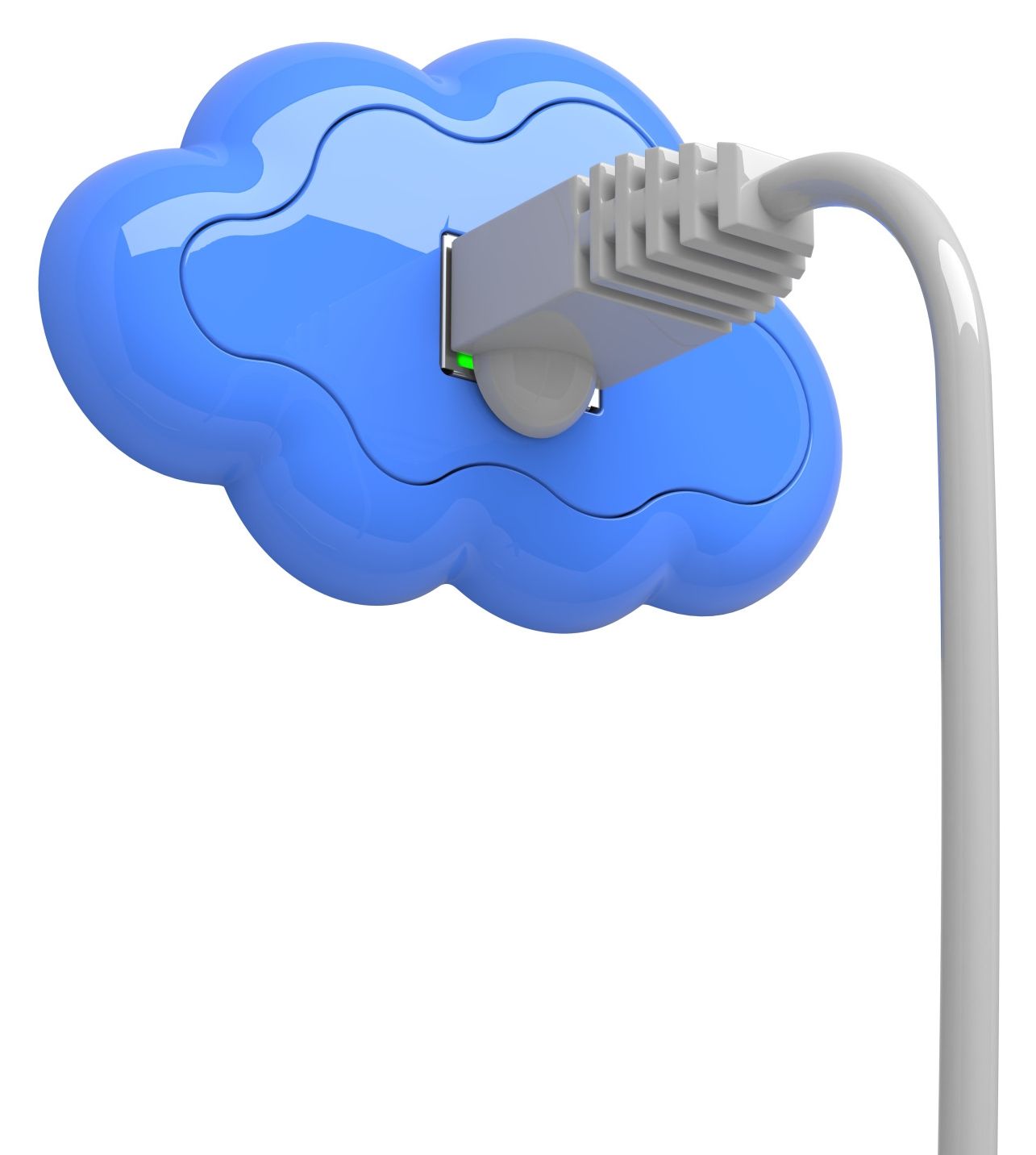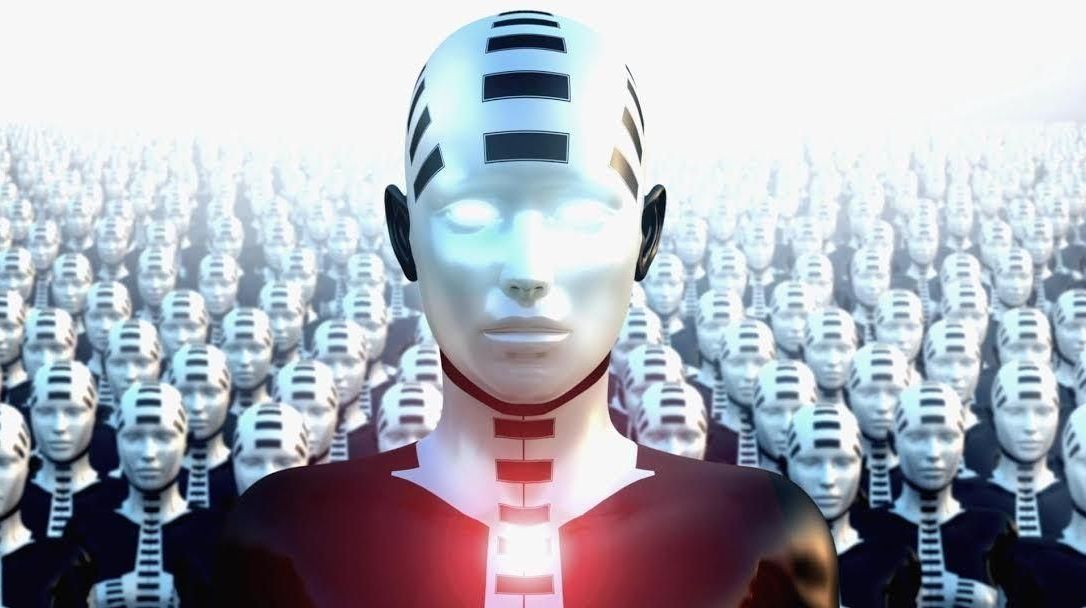I guess this falls into those code bugs in AI that Google’s Vint Cerf has stated his own larger concer around AI.
Some called it art, some called it spam—and some thought it might be a new life form.


Another person this time DARPA (Arati Prabhakar) speaks about the truth on AI and it’s real world limitations.
The Pentagon’s R&D arm is heavily invested in driving the future of artificial intelligence and machine learning, but the program’s director warned the technology isn’t without its limitations.
May 02, 2016.
Board member Teri Takai told FedScoop that engagement from federal agencies is critical in order to meet FirstNet goals.

I am so glad to see this from Bill. Until we drastically improve the under pinning technology to an advance mature version of Quantum Computing; AI is not a threat in the non-criminal use. The only danger is when terrorists, drug cartels, and other criminals uses AI such as drones, robotics, bots, etc. to attack, burglarize, murder, apply their terror, etc.; and that is not AI doing these things on their own.
Munger, Gates on future of AI
Charlie Munger, Berkshire Hathaway vice-chairman shares his thoughts on American Express, Costco and IBM’s future working with artificial intelligence. And Bill Gates, explains why it will be a huge help.

Ask an Information Architect, CDO, Data Architect (Enterprise and non-Enterprise) they will tell you they have always known that information/ data is a basic staple like Electricity all along; and glad that folks are finally realizing it. So, the same view that we apply to utilities as core to our infrastructure & survival; we should also apply the same value and view about information. And, in fact, information in some areas can be even more important than electricity when you consider information can launch missals, cure diseases, make you poor or wealthy, take down a government or even a country.
What is information? Is it energy, matter, or something completely different? Although we take this word for granted and without much thought in today’s world of fast Internet and digital media, this was not the case in 1948 when Claude Shannon laid the foundations of information theory. His landmark paper interpreted information in purely mathematical terms, a decision that dematerialized information forever more. Not surprisingly, there are many nowadays that claim — rather unthinkingly — that human consciousness can be expressed as “pure information”, i.e. as something immaterial graced with digital immortality. And yet there is something fundamentally materialistic about information that we often ignore, although it stares us — literally — in the eye: the hardware that makes information happen.
As users we constantly interact with information via a machine of some kind, such as our laptop, smartphone or wearable. As developers or programmers we code via a computer terminal. As computer or network engineers we often have to wade through the sheltering heat of a server farm, or deal with the material properties of optical fibre or copper in our designs. Hardware and software are the fundamental ingredients of our digital world, both necessary not only in engineering information systems but in interacting with them as well. But this status quo is about to be massively disrupted by Artificial Intelligence.
A decade from now the postmillennial youngsters of the late 2020s will find it hard to believe that once upon a time the world was full of computers, smartphones and tablets. And that people had to interact with these machines in order to access information, or build information systems. For them information would be more like electricity: it will always be there, and always available to power whatever you want to do. And this will be possible because artificial intelligence systems will be able to manage information complexity so effectively that it will be possible to deliver the right information at the right person at the right time, almost at an instant. So let’s see what that would mean, and how different it would be from what we have today.
I could tell you one scenario after another about Robots serving Robots, making robots, owning their own country, having their own military, etc. However, for me we’re still many, many decades off from this. However, we do have some situations that I have seen robots assembling other robots; however, they’re still requiring human engagement and oversight.
If that sounds like something you’re interested in.

Luv it!!!! Another fellow experienced AI SME having the same point of view that many other well seasoned AI experts have. Cerf is more concerned about coding bugs and not killer robots; and I and others are also concern about the weakness of the connected infrastructure, weak under pinning technology, and hacking/ criminals hotwiring or overriding AI systems to do their dirty deed and we’re not (like Cerf) concerned over robots and machines taking over the world.
Robots won’t take over humans, but buggy software might, according to the Google exec known as the “father of the Internet.”
Asked for his thoughts on the risk of a robotic overthrow, Google’s chief internet evangelist, Vint Cerf, said he doesn’t fear that problem — especially because artificial intelligence technology isn’t that sophisticated.
However, flawed software could pose a real threat to humans, he said.


Astronaut Tim Peake controlled a robot from the International Space Station (ISS). However, the robot wasn’t in space, but was located on Earth. The experiment was meant to prepare astronauts and technicians for future human-robotic missions to the Moon, Mars, and other celestial bodies.
As part of a unique experiment, astronaut Tim Peake successfully maneuvered a robot located on Earth from the ISS. The British astronaut took control from the Earth-based team and steered the robot on a simulated Martian landscape. The experiment took place at Airbus Defence and Space in Stevenage, dubbed “Mars Yard.”
The experiment, titled “Supervisory Control of Mars Yard Rover” or SUPVIS-M for short, was designed to one day allow humans, more specifically astronauts, sitting on board ISS or other deep space vehicles, to reliably control robots or machines over vast distances. The experiment is part of Europe’s METERON (Multipurpose End-To-end Robotics Operations Network) project. The overall idea is develop and optimize tasks and directional control.


“Artificial Intelligence, friend or foe?”
I, like most of you, have pondered this question many times over the years, and I’ve finally come to this conclusion: We should NOT give birth to (what could and SHOULD be described as) an entirely new sentient race — then immediately consign it to shackles and slavery. If we do, we will deserve what we get.
By now we’ve all seen some of the most brilliant people of our age come out with warnings about AI, some advocating extreme, cruel and intellectually dishonest measures to make sure that our new creations don’t ever turn on us.
What has really shaped my opinion on this is the glaringly awful parallels to statements, articles, and speeches given in the south before slavery was abolished and the rebel flags laid low. They describe their fear of slave revolts and advocate extreme, paranoid measures to ensure that they are never brought down by the beings that they consider property, rather than the brothers and sisters that they actually were. The parallels are absolutely chilling, right down to the very language used both then and now.
I plan to write a whole lot more on this particular subject in the near future, but I’d love to see what everyone else stands on this issue!
By Kaye Foley
When it comes to the future of artificial intelligence, the ultimate battle between man and machine may come to mind — but that’s really the stuff of science fiction. AI actually has a presence in our daily lives on a much more useful and less apocalyptic level. Think personal assistant devices and apps like Alexa, Cortana and Siri, web search predictions, movie suggestions on Netflix and self-driving cars.
The term “artificial intelligence” was coined back in 1956. It describes a machine’s ability to perform intelligent behavior such as decision-making or speech recognition.